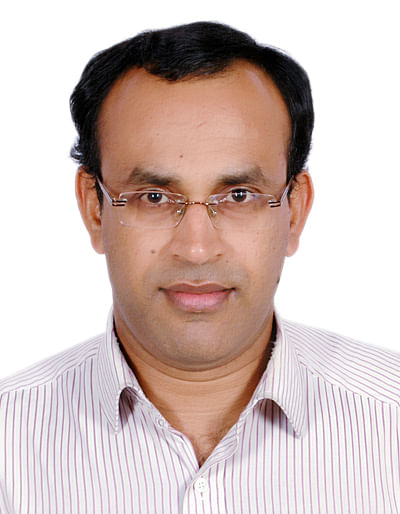Raja's licence mela
Indeed, Raja did not formulate the telecom policy. It was done during the tenure of the BJP-led Government from 1999-2004. He merely implemented it and messed up the entire sector.
In the last two decades, the telecom sector witnessed rapid transformation with the National Telecom Policy-94 setting the stage for opening up of the sector. The most important change in the sector was made in National Telecom Policy-99 to encourage entry of more companies. The policy, however, lacked clarity on issues like allotment of the scarce commodity spectrum as well as its fee.
Though from 2001 to 2006, Department of Telecom (DOT) issued 51 licences, it had fixed 2001 entry fee rather than revising it annually based on demand.
Once Raja took over in May 2007, he made history by issuing 122 licences in a day on January 10, 2008.
As per the Comptroller and Auditor General (CAG), Minister Raja not only violated procedures but also caused Rs 1.76 lakh crore loss to the exchequer.
Though Raja dismissed the CAG charges, he has no answer to the finding that DOT had issued 75 licences out of 122 to ineligible companies. He also has no answer to why the spectrum was not auctioned in 2008 as done with 3G (third generation) spectrum in 2010 which fetched over Rs 67,000 crore to the exchequer.
It is still a million dollar question why Raja and his predecessor Dayanidhi Maran, did not consider the suggestion made by Telecom Regulatory Authority of India (TRAI) in 2003 for a new road map for issuing new licences.
In 2006 when Prime Minister Manmohan Singh constituted the Group of Ministers headed by Pranab Mukherjee to oversee the telecom policy implementation, the Finance ministry insisted that the spectrum allocation prices should be included However, DoT resisted it saying that spectrum price fixation issue was its business.
India is the world’s second largest and fastest growing telecom market with more than 700 million subscribers, adding 15-20 million users every month; the tariffs are the lowest in the world and the world’s best telecom companies operate here.
Common man’s commodity
While policies made during BJP’s Pramod Mahajan and Arun Shourie were at the helm helped more competition and fall in tariffs,, the mobile phone became the common man’s commodity when the UPA’s first Telecom minister Dayanidhi Maran was in the chair.
Maran would be always remembered for removing the divide between local and STD calls by the BSNL’s OneIndia plan. He also worked on making broadband a success and bringing forth the idea of sharing towers.
Though he too encountered controversy with the charges of favouring two big telecom companies during his tenure, he left a mark on the ministry with some of his subscriber-friendly decisions.
JPC for joint partners in crime
Deccan Herald is on WhatsApp Channels| Join now for Breaking News & Editor's Picks
